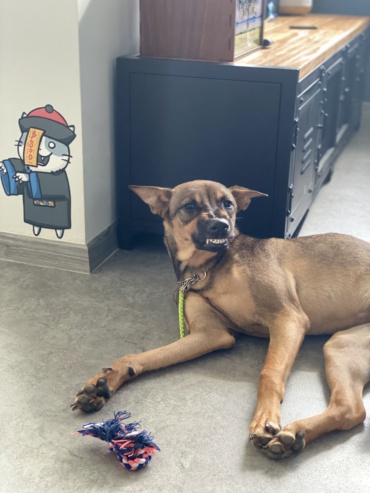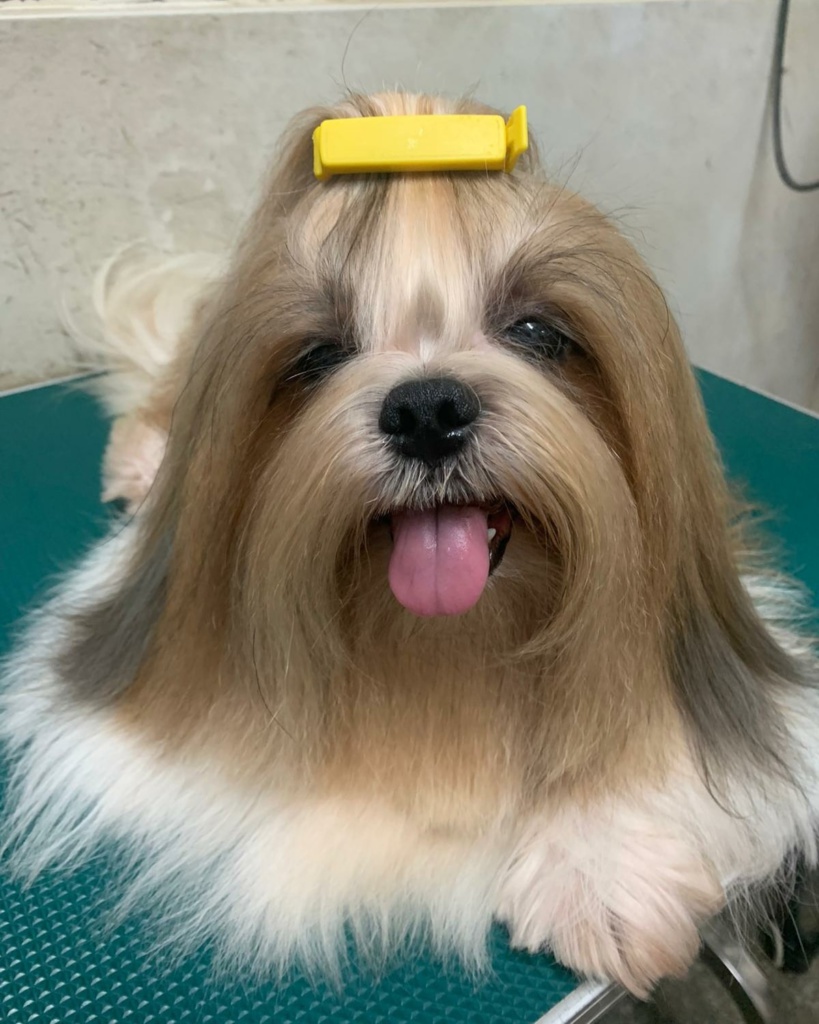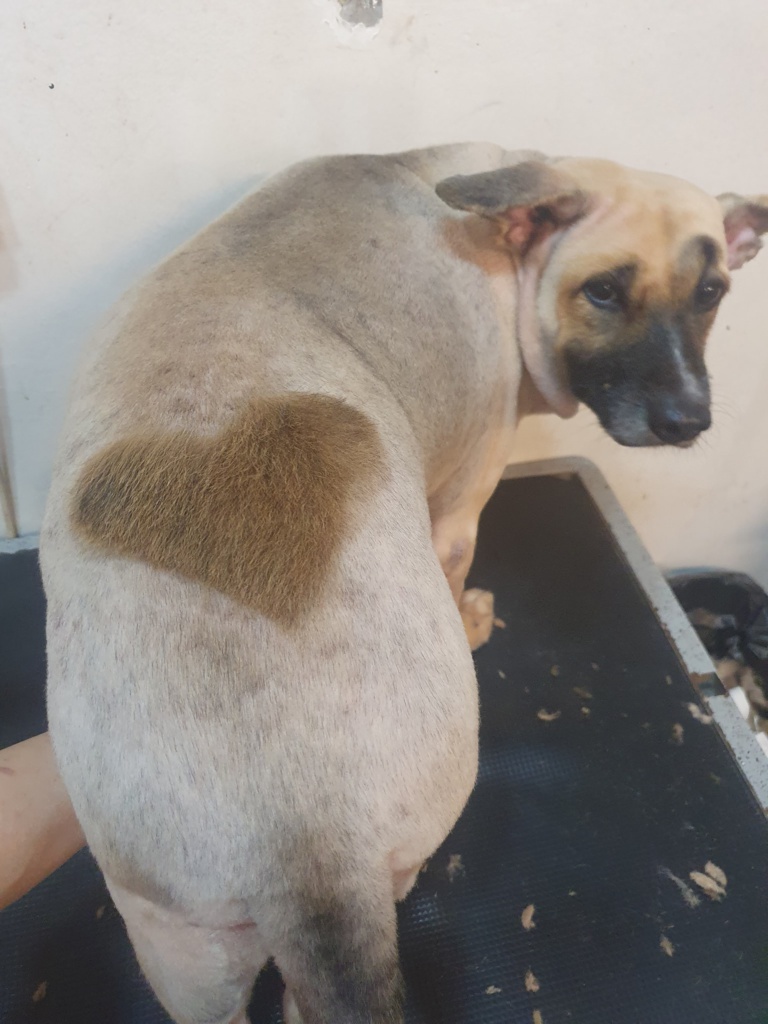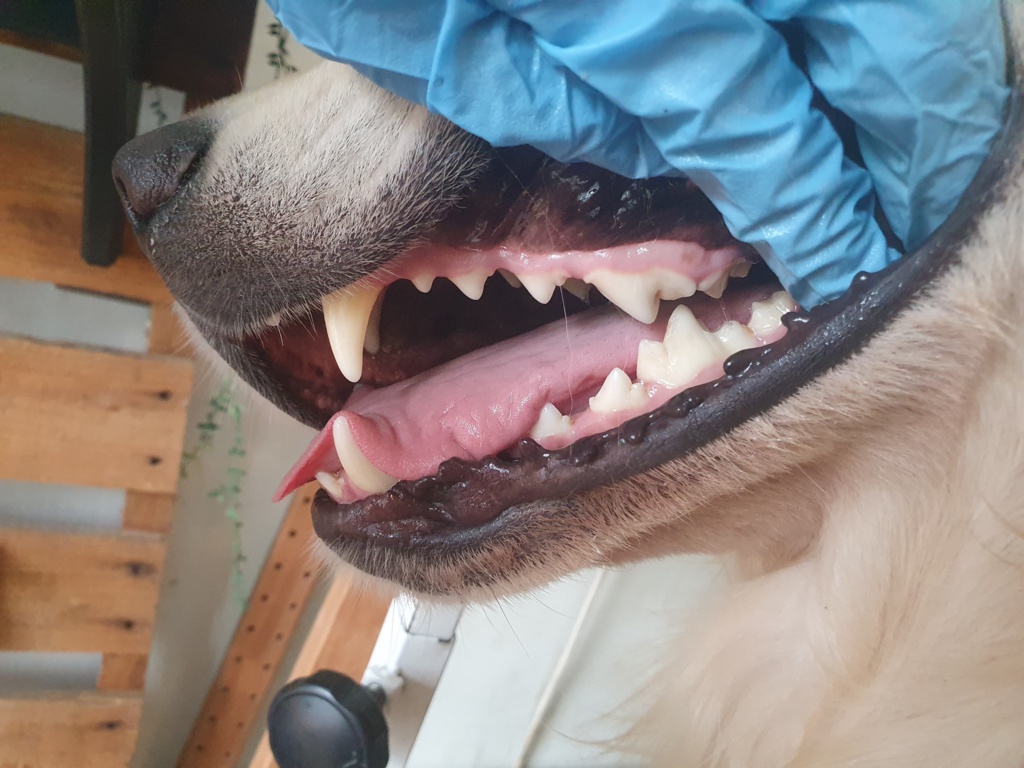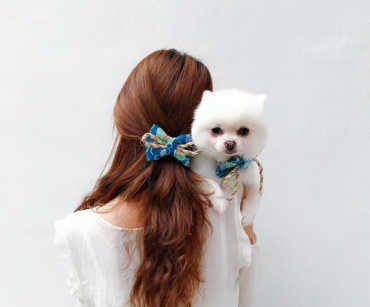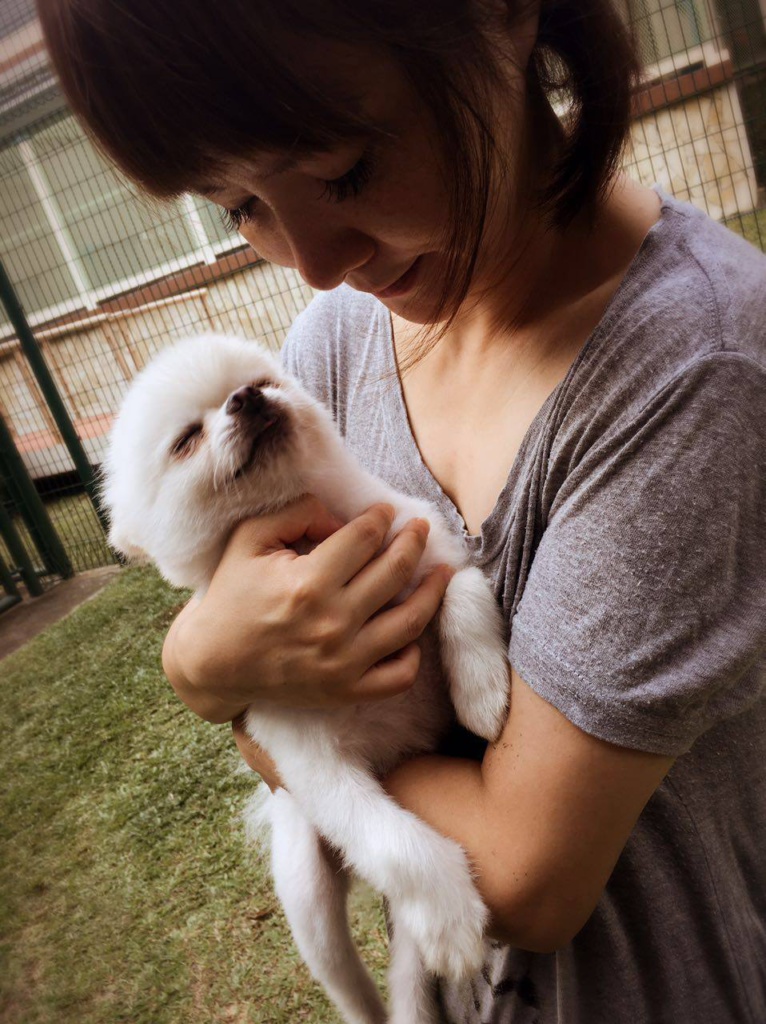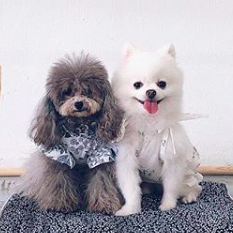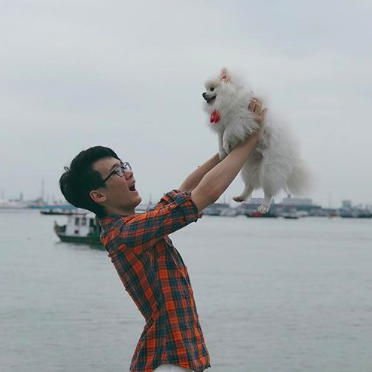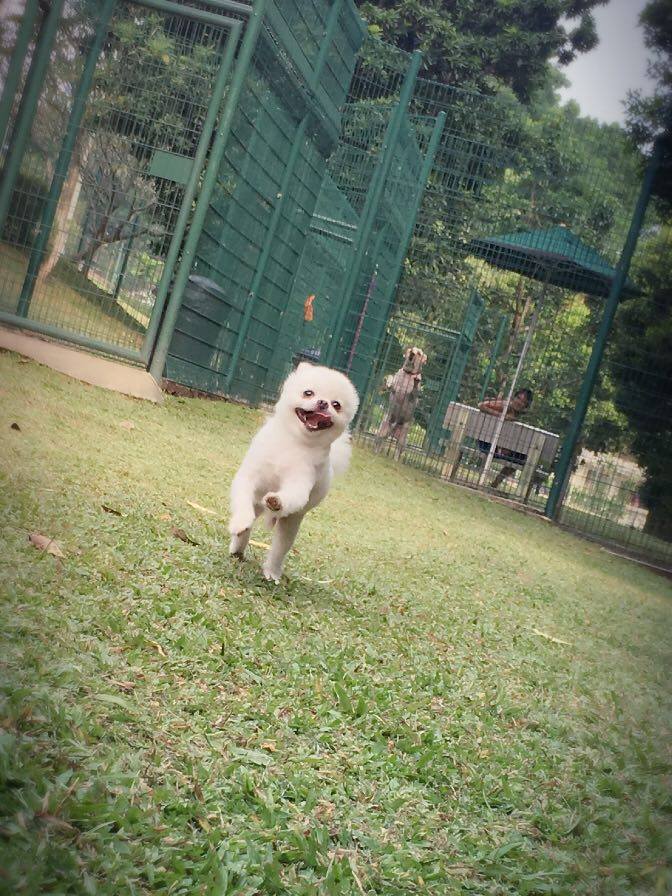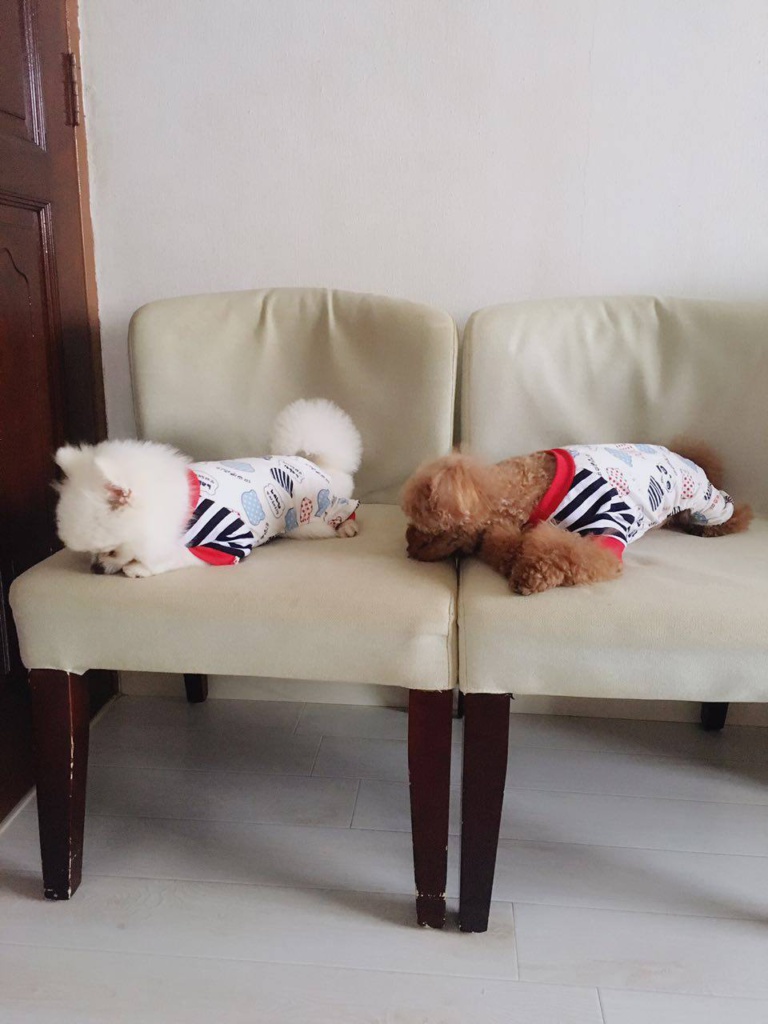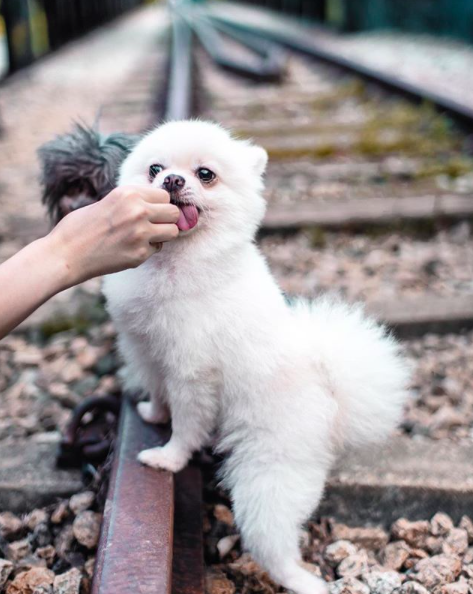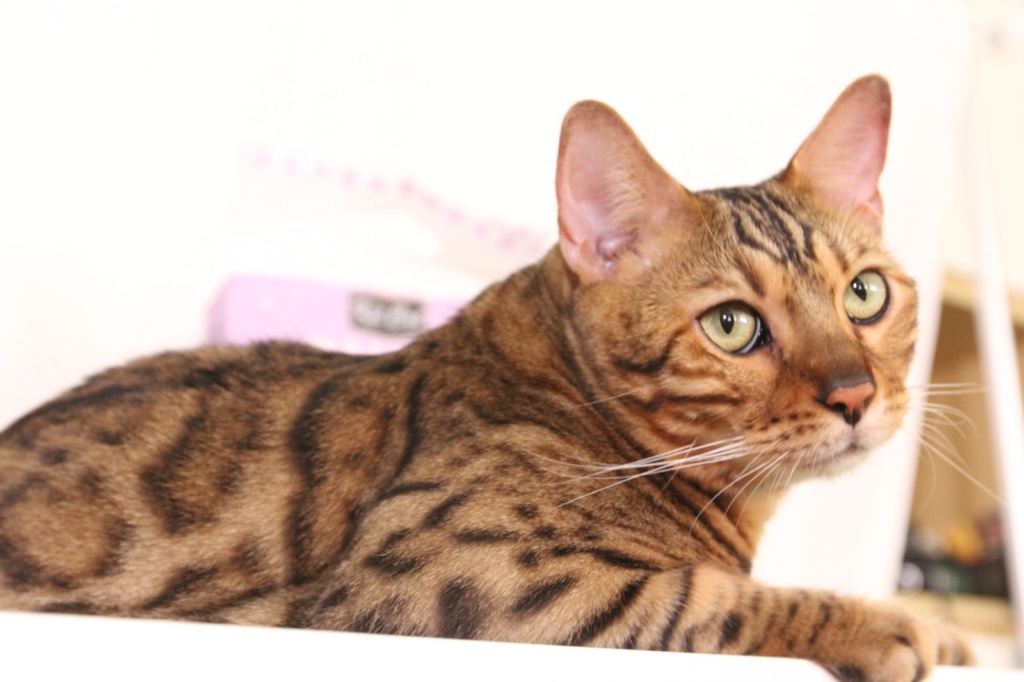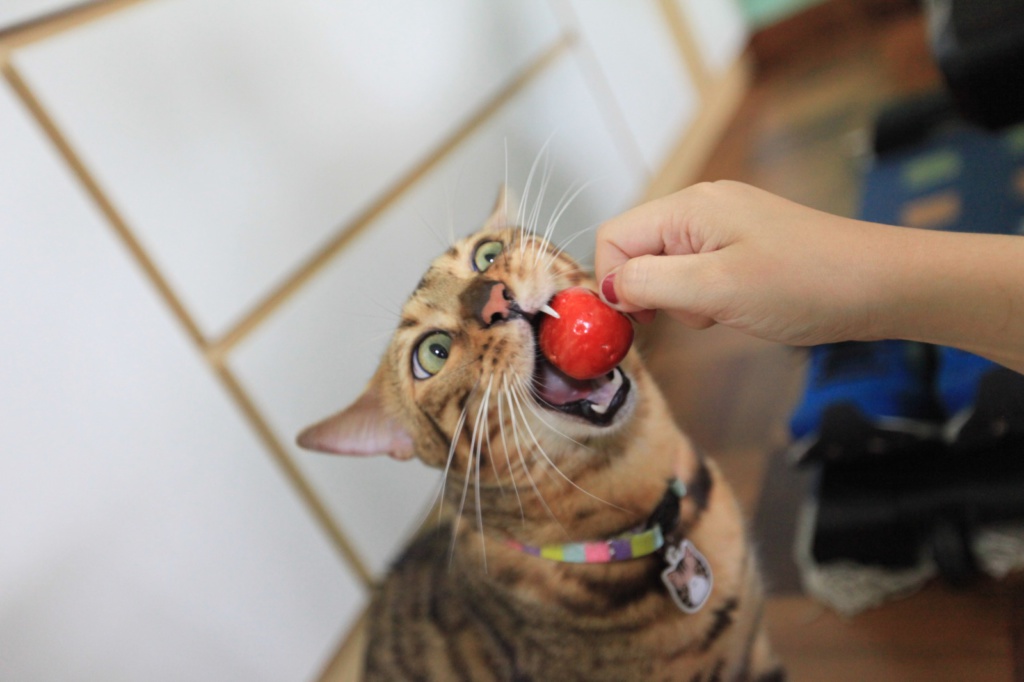For people that know me personally. I am very candid and transparent about my dog’s (Kobe) behaviour. I often tell people not to do certain things because my dog might or will become aggressive. Although I might sound rude and too straightforward sometimes, my intentions are good, because it’s for the benefit of the dog and the human.
Am I a victim of Kobe’s aggression? The answer is yes. I often tell myself that I would rather he bite me, than anyone else gets hurt.

So what is resource guarding?
Resource guarding is when a dog reacts when they feel threatened by a valuable resource in their possession. It feels that they are about to lose whatever they have, so they take action to guard it. Resource guarding doesn’t (often for my case) always have to end with growling, lunging, biting, or fighting by doing that is to discourage another to take, or get too close to, an object or valued area in the dog’s possession. Sometimes it could be as simple as a look, head turn, or slight baring of the teeth.
Well, the thing is that guarding resources is a natural instinct. We humans guard our own resources too. Access to resources like food, water, and a safe space is essential to survival. It’s hardwired into animal nature to protect the things we believe we need to survive. While it is a normal dog behavior, it’s not a desirable one. Resource guarding becomes a dangerous problem if a dog is willing to bite or fight to keep an item. This is especially worrisome in a home with young children, elderly family members, or if the dog is not predictable in what items they decide to guard. In multi-dog households or environments, resource guarding becomes a problem if the dogs resort to fighting over their resources, and the environment is not managed to prevent these conflicts from escalating.
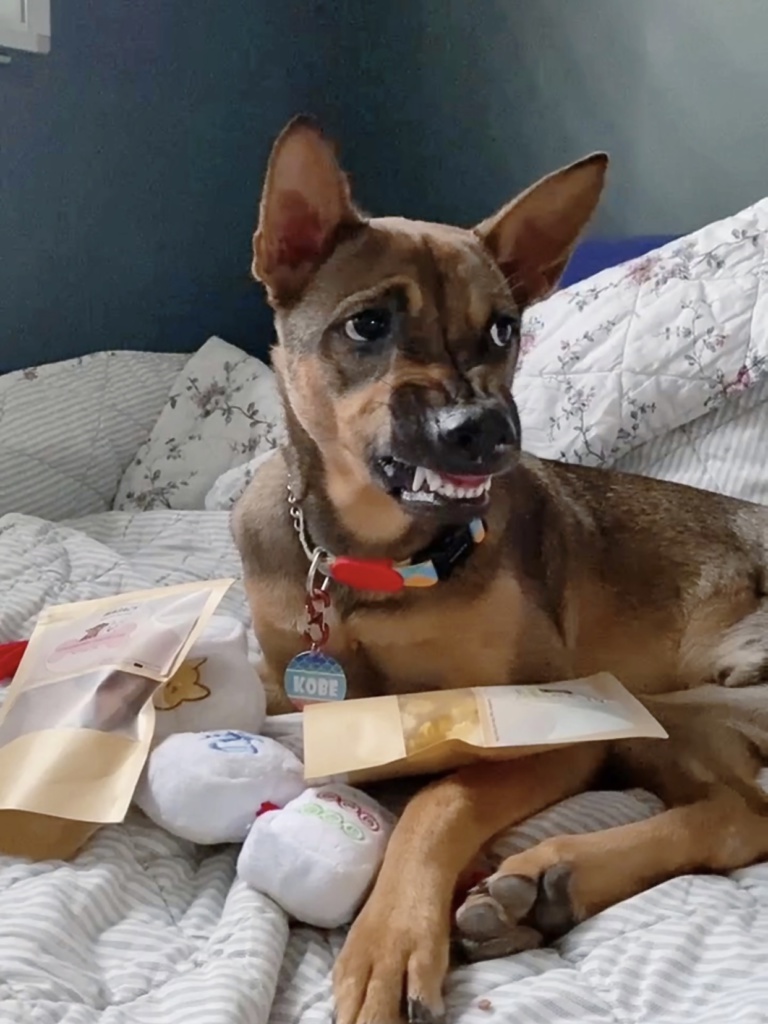
So like what Cesar Millan says
“ There are three degrees of food aggression:
- Mild: the dog growls and may show its teeth.
- Moderate: the dog snaps or lunges when approached.
- Severe: the dog bites.
While it’s easy to assume that all cases of food aggression are a show of dominance, this isn’t necessarily the case. In a dog pack, the alpha dogs always eat first after a successful hunt, and then the other dogs get what’s left according to their pack position.
For an Alpha, showing food aggression is a form of dominance, but for dogs with a lower pack position, it can be a sign of anxiety or fearfulness. Remember, in the wild, dogs never know where or when their next meal will be, so it’s very instinctual for them to gobble up whatever food there is whenever they have it — and to protect it from anything that approaches.”
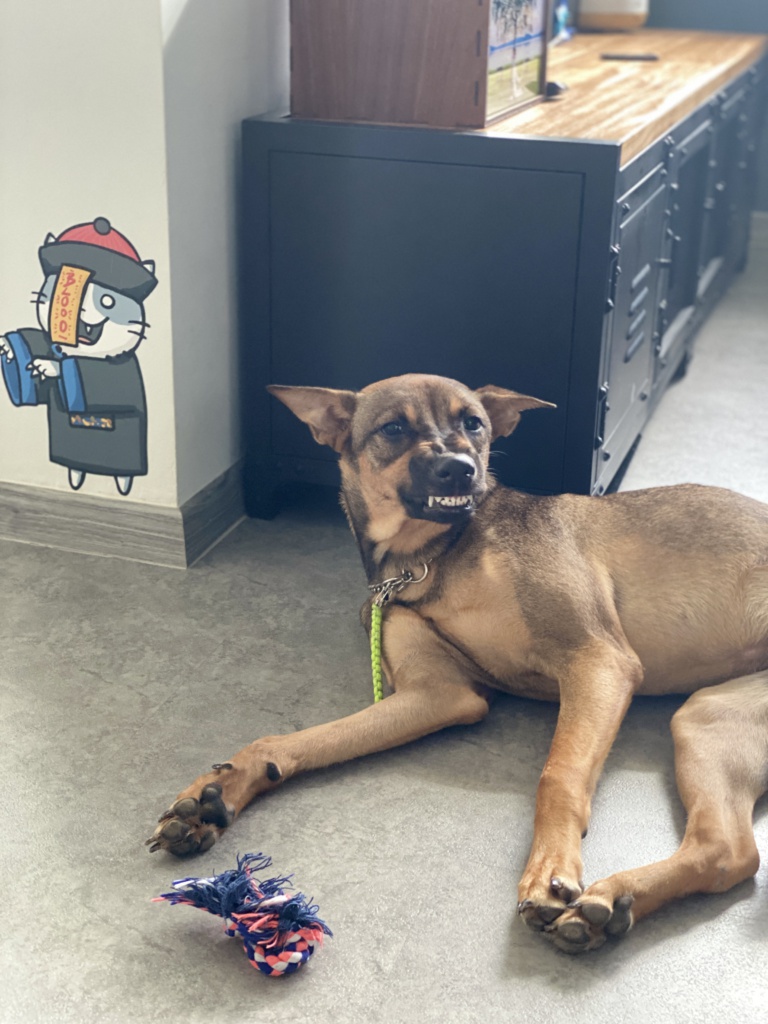
Common Items That Trigger Resource Guarding in Dogs
While most often seen around food items, a dog can develop resource guarding with any item that they deem “valuable.” This might be something we don’t consider very important, like a ball, but that ball could be your dog’s most beloved possession.
- Food and Treats
- Food Bowl (filled with food or empty)
- Bones and Edible Dog Chews
- Toys
- Space (dog bed, crate, their position on the couch or bed)
- Their owner (from other pets in the home or even from other people)
Signs of Resource Guarding in Dogs
These are the most obvious signs of resource guarding:
- Growling
- Snarling (Bare teeth)
- Lunging and Air Snapping (a no-contact bite)
- Biting

Kobe my dog, does all the above.
For mild and moderate case of resource guarding, a dog might show less intense (and therefore less obvious) signs of guarding behaviour. I am not a certified in anything but what I believe is that you will often see these more subtle signs like:
- Freezing
- Eating faster
- Taking item and moving away
- Braced body position over the item
- Side eye staring or tracking of the person or pet approaching
- Raising lips and baring teeth
- Ears pinned flat against the head
- death stare
I am trying to let Kobe know that there’s no need to guard food, toys, or space because we are family, and we live together. So now I’m trying to teach Kobe to give up something to me willingly. “Drop” / “Leave it” use a balance training and reward, so that hopefully resource guarding will not worsen over time.
Unfortunately, I started my way of dealing with Kobe’s resource guarding all wrong. So let me tell you that Using punishment and aversives as a response to resource guarding can result in more resource guarding.

So… Base on my blood, sweat and tears, I’ve concluded what we should NOT to do if your dog growls or shows other signs of resource guarding.
Don’t Punish the Growl

Never punish a growling dog. You can punish away a growl, sure, but all you’ve done is make a dog bite more likely. If your dog learns that growling to express their discomfort at your approach results in an aversive (such as yelling, hitting, a “tap” from a shock collar), and the loss of the item they were guarding, the next time you reach for it, they’re more likely to skip the growl and go straight for a bite. (Which is what happened to me)
If someone keeps stealing my mala shaker fries after asking them to stop, the next time they reach across the table, I might smack their fingers away (or worse … so don’t steal my shaker fries). Ignored warnings will escalate behavioral responses, in both humans and dogs. You don’t want to take away important warning signs that your dog needs to communicate with you.
Don’t “Play” With Their Food and Chews
Someone once told me after I expressed my concerns with Kobe’s Resource guarding issues is that: “To prevent resource guarding, we’d always stick our hands in our dog’s food bowl while they were eating, or randomly take away their chew. That way, they know who’s boss and that the food or chew belongs to us.” Instead of fixing the issues, now Kobe will just bare teeth and snaps when I reach for the bowl or lashes out even if I was just standing there or walking past him.
All you’re doing is annoying your dog and teaching them that when you reach for something, they’ll lose it. So please don’t be like Me.
Don’t Leave Out Items That Your Dog Might Guard
Kobe loves to guard hard chews or any form of treats that takes time to eat, so I DO NOT GIVE HIM ANY. I will just remove the opportunity of him guarding. Don’t leave items lying around that your dog might find valuable enough to guard. I pick up his food bowls between meals after he finished eating and have walked away.
Once I gave Kobe a Kangaroo Rib. He took it up my sofa to enjoy it for a while, and I went to the kitchen to grab a drink and return back to the sofa just to sit down and continue my Netflix. I wasn’t even gonna take the chew, or to touch him, but he side-eyed me and gave me a low growl, and bared his teeth slightly. I immediately stopped myself from sitting down, and I called him into the kitchen and trade him with an air-dried mince lamb and while he’s enjoying it, I quickly rush to the sofa and remove the rib, and then never bought those ribs again. BUT IF only all my resource guarding encounters with Kobe were that simple.
So now you’re wondering, did I manage to successfully desensitise the behaviour?
I am still working on it as I’m writing this article.
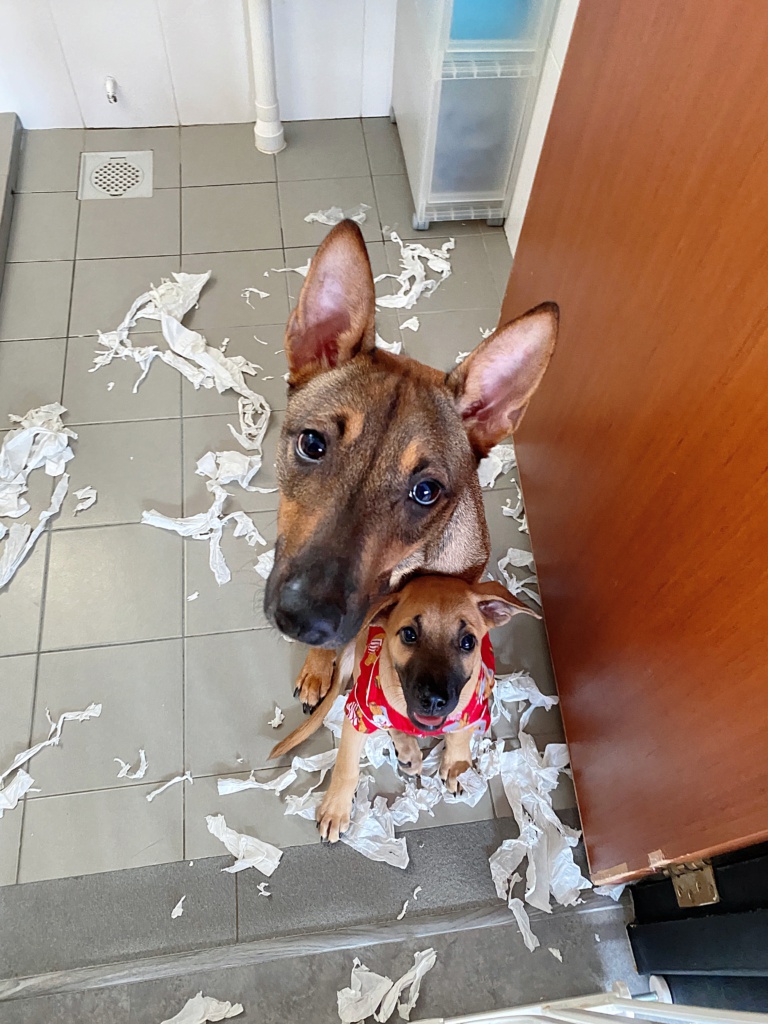
Every day I’m risking my hand getting bitten, or chewed off. But it’s all about being consistent. It’s not about you being afraid that you might get bitten, and just allow your dog to do its thing even if he is the sweetest thing on earth and that One behaviour is undesirable, and that’s ok. NO ITS NOT OK.
Kobe my dog, he doesn’t have a lot of self-confidence, so every day I am trying to build up his confidence and teach him that his food and space are safe with humans around.
Theres are a few guarding behaviour that I’m known of, as of now.
- Guards his food.
- Guards any treats that cannot be eaten immediately.
- Guard his space when he’s resting.
- Guard his bed, during bedtime.
SO what is my own process of desensitisation and conditioning training? I am not certified, and all dogs work differently, so here’s mine:
Part 1
For food guarding aggression a friend advised me to let my dog work for its food, and hand feed IF I CAN.
First week of desensitisation for food aggression.
I put Kobe on a sit-stay command right in the middle of the living room where’s he doesn’t feel cornered. I stand about a meter away in front of him while he is having his meal. Each day I move a bit closer to him to test the threshold of the aggression.
Second Week of desensitisation.
I have already made sure that he is now cool with me hanging around while he is having his meal. Now I proceed to his food bowl while he is eating.
At first, he isn’t very comfortable with me making eye contact with him while he is eating off from the bowl I am holding. So I will avoid eye contact while just holding the bowl while he is eating. Every day I will move my body bit by bit to face him and eventually let him realise it’s ok to make eye contact.
Third Week of desensitisation.
I will ask Kobe to go back in sit-stay halfway while eating. Then remove the food bowl, and put it back again, and eat on command. Just to let him know that it is okay, the food is gonna come back.
Fourth Week of desensitisation.
I made Kobe do a bunch of tricks to work for his food, and I start hand feeding. And his food is used as a form of treat to reward him for doing tricks. While hand-feeding Kobe. I will often make some physical contact bit by bit. To make him realise it is ok to feel all these things while eating because the food won’t run away.
And now I am just doing this everyday.
As for guarding treats that cannot be eaten immediately. I just don’t buy that kind of treats anymore.
Guarding his personal space while sleeping.
First week of desensitisation for personal space aggression.
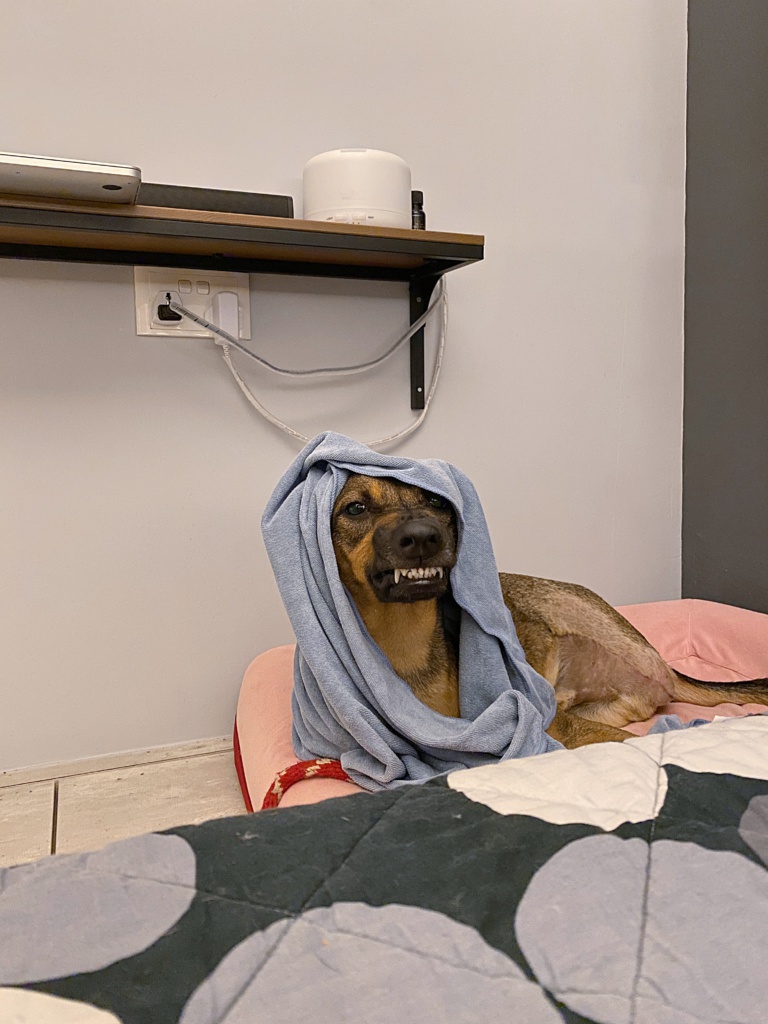
This period I am trying to find out how close can I be around him while he is resting. And when he starts to growl or side-eye me. I will stop and just sit there use my phone, and once he realise I’m just sitting there minding my own business, he falls back asleep. So for the first week, I just sit at the rough distance that we both establish to be okay for me to hang around.
Second Week of desensitisation.
I start to move closer to him. And now I am almost right by his side. He starts to get angry at me when he feels me around him physically. Meaning if his butt touches my thigh, he gets angry. So I just hang around 1-2cm away from his body and mind my own business again.
Third Week of desensitisation.
I start to put my hands on him. Just placing it on him gently and slowly without moving.
Fourth Week of desensitisation.
I start to do mini intermediate stroking sessions. Maybe between 5-10 seconds I will stop and freeze my hands on him. And if he shows he is ok, I will do another 5-10 seconds and repeat.
So now I am still trying to desensitise the personal space when he has tired aggression, I just recently got bitten again after being too confident and trying my luck.
Key is that you just have to keep working on it even if you’re scared. I am scared, but I love Kobe. So I will do it.
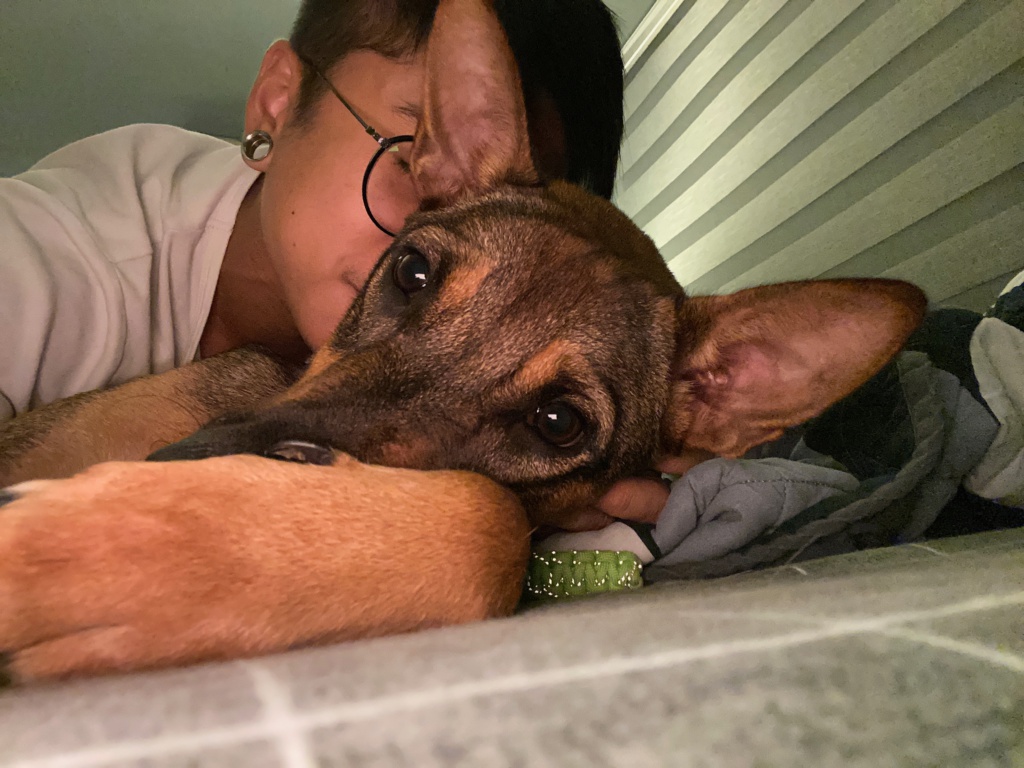
Its all about rehabilitation. Being patient is the key.
